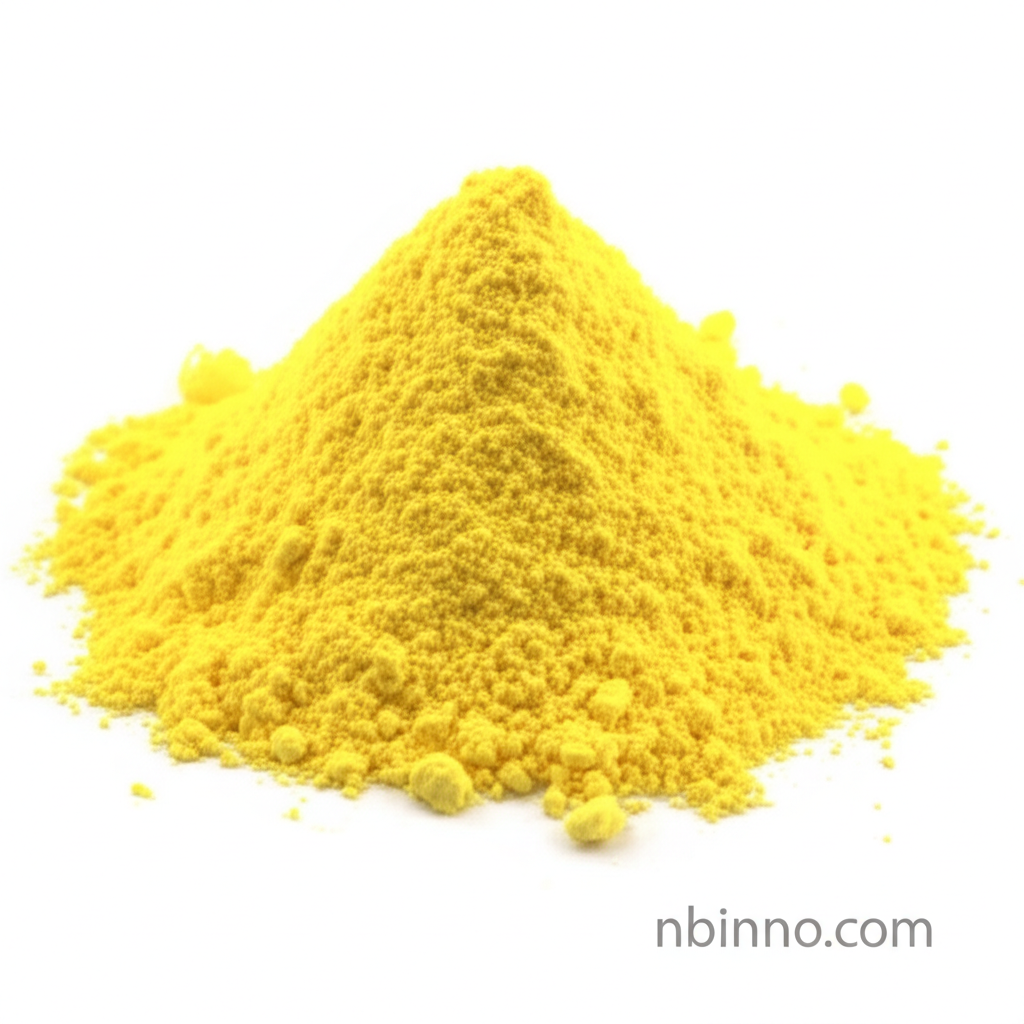Nitroxoline: A Comprehensive Guide to its Properties, Applications, and Research Insights
Explore the multifaceted nature of Nitroxoline, from its core antibacterial functions to emerging research in oncology and neurodegenerative diseases.
Get a Quote & SampleProduct Core Value

Nitroxoline
Nitroxoline, a quinoline-derivative, stands as a significant compound in medicinal chemistry, primarily recognized for its efficacy as a urinary antibacterial agent. Beyond its established role in treating urinary tract infections, extensive research is unveiling its potential in broader therapeutic areas, including oncology and neurodegenerative diseases. Its mechanism of action is multifaceted, involving metal ion chelation, disruption of bacterial outer membranes, and synergistic effects with other antibiotics, making it a subject of intense scientific scrutiny.
- Nitroxoline is extensively researched for its role in combating urinary tract infections (UTIs), offering broad-spectrum antibacterial activity against common pathogens.
- The drug's mechanism involves chelating essential metal ions, thereby disrupting vital enzymatic processes in bacteria and fungi.
- Emerging research highlights Nitroxoline's potential as an anticancer agent by inhibiting angiogenesis and its neuroprotective properties in neurodegenerative disease models.
- Studies indicate synergistic effects when Nitroxoline is combined with other antibiotics, enhancing their efficacy and potentially overcoming resistance mechanisms.
Key Advantages of Nitroxoline
Broad Antimicrobial Spectrum
Nitroxoline demonstrates significant activity against a wide range of Gram-negative and Gram-positive bacteria, and even shows promise against certain fungal species, making it a versatile antimicrobial agent.
Novel Therapeutic Avenues
Beyond its established UTI applications, research into drug repurposing highlights Nitroxoline's potential in cancer therapy and as a protective agent for neurodegenerative diseases, opening new avenues for treatment.
Mechanism of Action Insights
Understanding the metal chelation properties of Nitroxoline is key to its efficacy, as it disrupts bacterial metabolic functions. Further studies are revealing its impact on outer membrane integrity.
Key Applications
Urinary Tract Infection Treatment
Nitroxoline's primary and well-established use is in treating urinary tract infections, effectively combating susceptible bacterial strains.
Anticancer Research
Investigational studies explore Nitroxoline's ability to inhibit tumor growth and metastasis, particularly by interfering with angiogenesis.
Neuroprotection
The metal-chelating properties of Nitroxoline suggest potential benefits in mitigating metal-induced neurotoxicity associated with conditions like Alzheimer's and Parkinson's disease.
Antimicrobial Research Tool
Nitroxoline serves as a valuable compound in research to understand antimicrobial resistance mechanisms and explore synergistic drug combinations.
